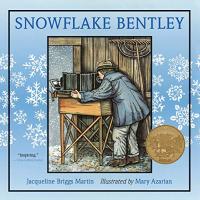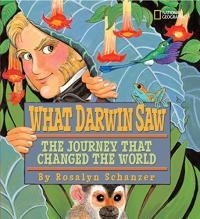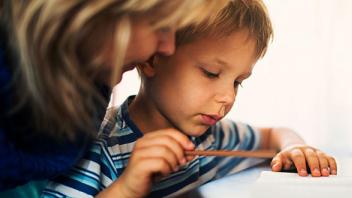When scientists publish their work, they often have to summarize what they’ve done for readers and listeners who don’t know much about the topic area. Because of that, scientists and researchers have to be able to say what they know in a way that everyone can understand! Summarizing what they’ve learned, and explaining it in a simple way, are two great activities for young science minds.
Summarizing
A great way to work on summarizing is to start with the big picture. “What was the purpose of our experiment?” “To see how much rain fell during the month of April.” Once the purpose is clear, ask your child to supply some facts. “We made a rain gauge with a plastic cup and a magic marker. We put it in our deck. Every day we checked on it, and poured out any water that was in it. Every day I wrote down how much water was in the cup. Then, I colored in how much rain we got on our bar graph.”
Using descriptive words and definitions
Using any field notes or journal entries, help your child describe the equipment he used, and any vocabulary you talked about throughout the experiment. In the rain gauge example, a gauge and a ruler were used to collect and measure the water. A stretch of long, dry days led to a discussion of the words drought, and a stretch of rainy days led to conversations that included drizzling and pouring. Help your child pair new vocabulary words with simple definitions. “A gauge measures the amount of something, like how much water we collected.”
Sharing what you learned
Once all the information is collected, have your child use a combination of drawing, dictation, and writing to summarize, make simple, and share what he’s learned. Encourage your child to introduce the topic, use facts, and to provide a concluding statement. Some creative ideas for sharing include creating a newspaper article announcing results. “Wettest April in History!” Complete the article with a short paragraph and the bar graph created throughout the month. Another suggestion for sharing findings is to use a variety of digital tools to produce and publish the writing. Photo sharing services or blogging services allow one to easily share published work.
Sharing results from simple experiments brings the scientific process full circle. It provides children with an opportunity to reflect on what they’ve done, and to share that work with others.
Recommended children's books

How We Crossed the West: The Adventures of Lewis and Clark

The Magic School Bus: Inside a Beehive

Rachel Carson and Her Book that Changed the World

Snowflake Bentley

The Watcher: Jane Goodall’s Life with the Chimps

What Darwin Saw: The Journey That Changed the World
Download this article in Spanish
Subscribe to Growing Readers!
Get our free monthly parent tips — in English and Spanish — delivered right to your inbox!
